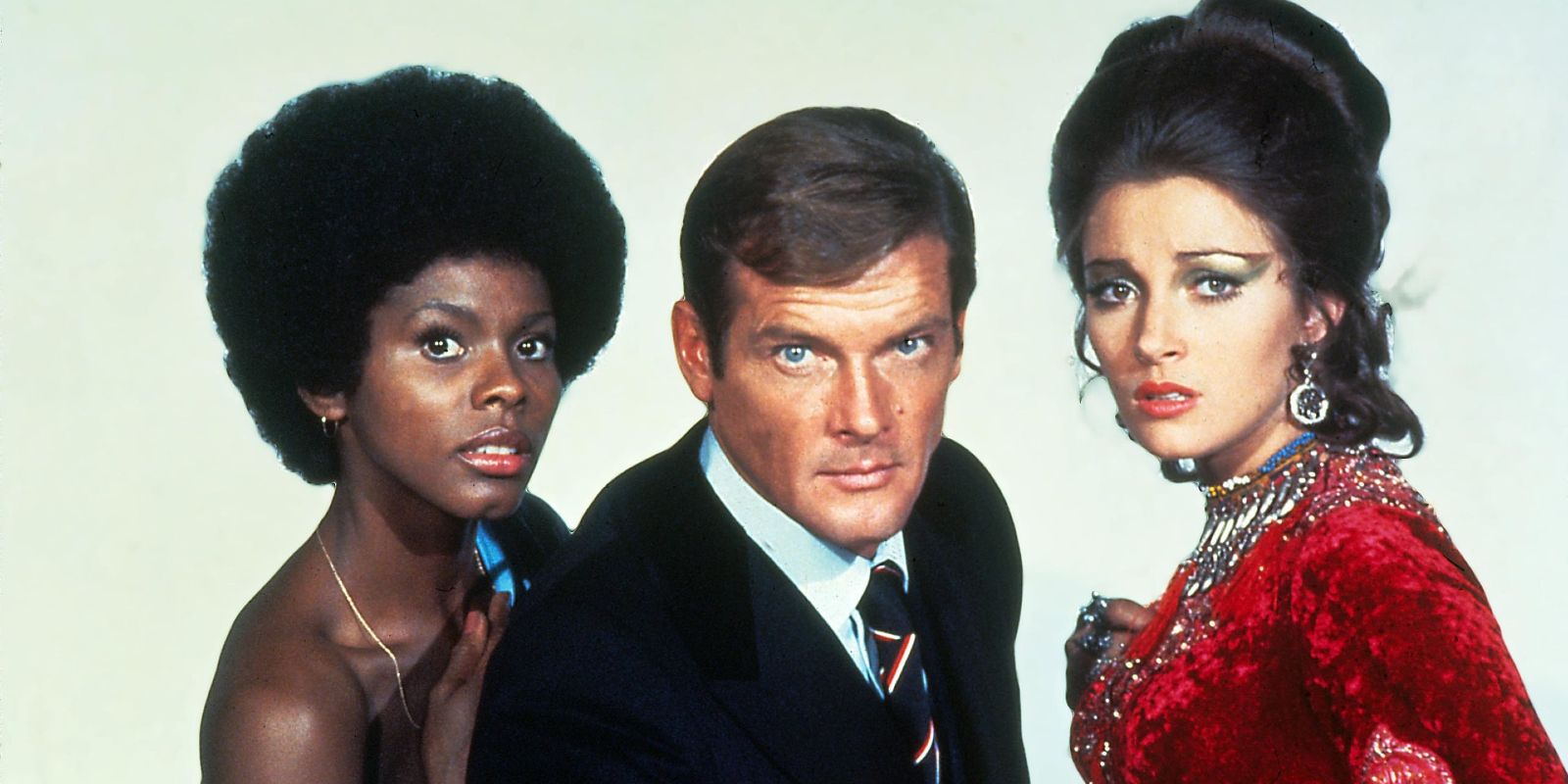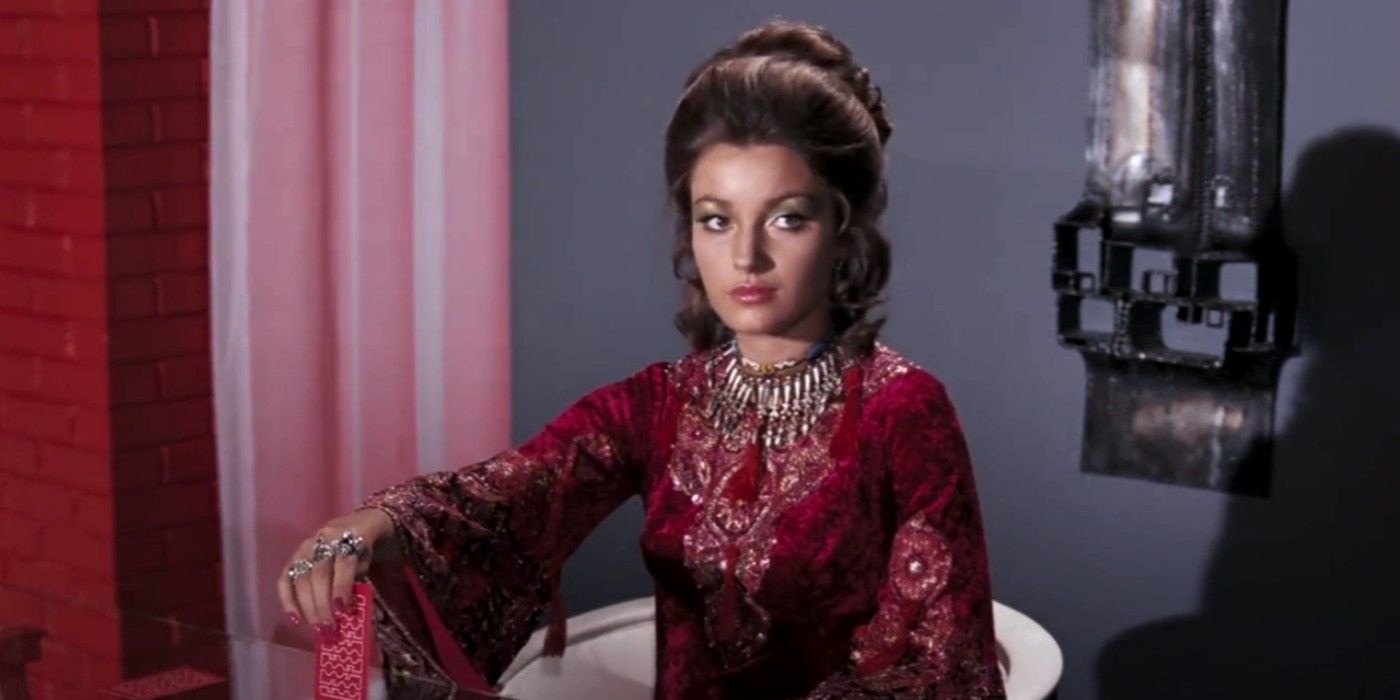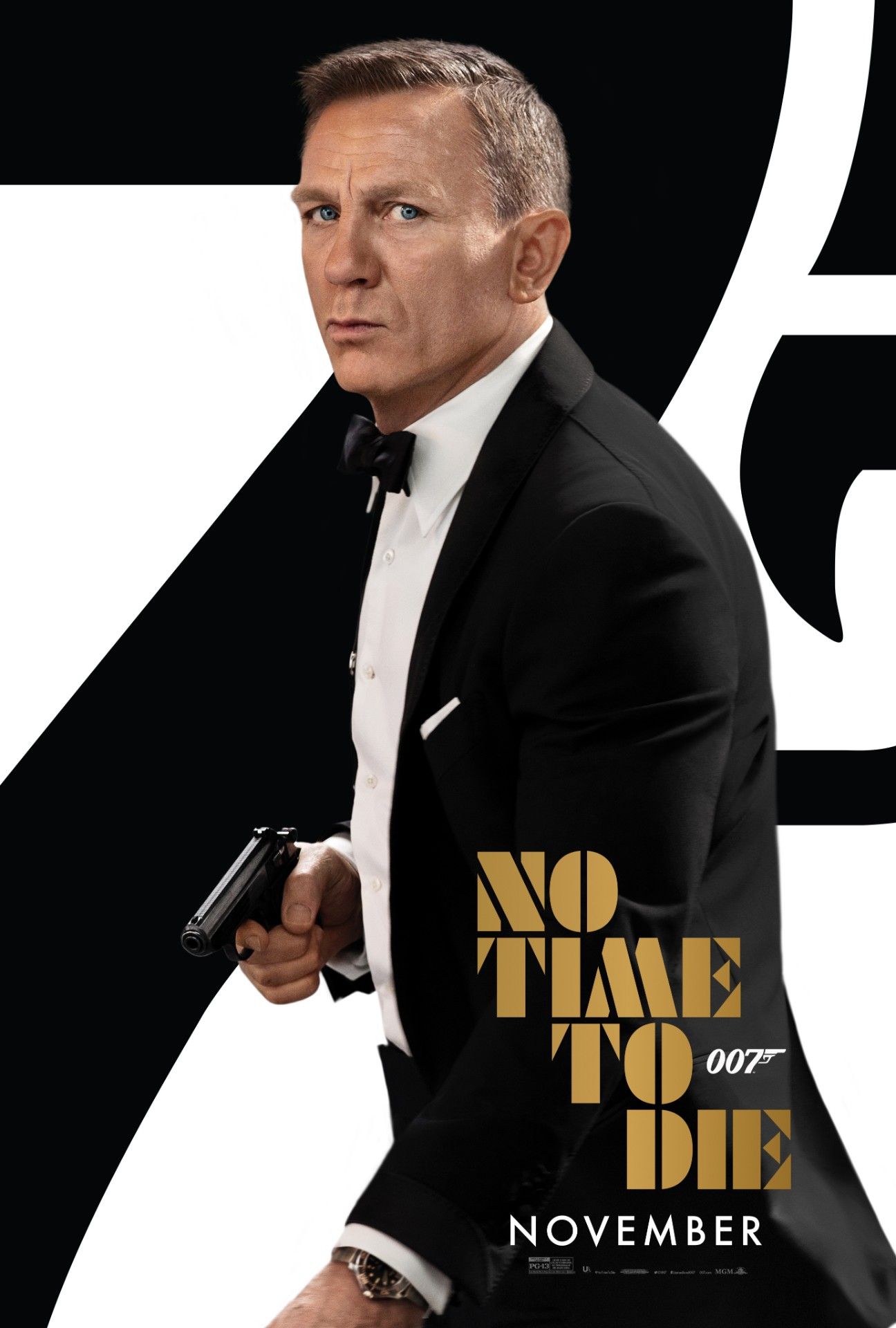James Bond was almost paired with legendary singer Diana Ross on-screen, but the actor was recast in 1973’s Live and Let Die. Soon to return to the big screen in Daniel Craig’s final 007 outing No Time to Die, iconic super-spy James Bond has been through plenty of love interests in his many years onscreen. Since his debut in 1962’s Dr. No, played by influential original James Bond Sean Connery, 007 has been paired off with multiple Bond girls in almost every one of his 25 cinematic outings.
However, very few of Bond’s many love interests have been women of color, and the spy’s co-workers M, Q, and Miss Moneypenny are a group similarly lacking in diversity despite the characters all being recast numerous times over the James Bond franchise’s many movies. This makes it all the more unfortunate that legendary Motown singer Diana Ross almost played a Bond girl, only for meddling producers to change plans during production.
1973’s goofy crime thriller Live and Let Die was the first Bond film to feature the legendarily campy Roger Moore as the suave super-spy, and the film originally featured a Black love interest for Bond who would have been played by Ross. The character of Solitaire was originally written for a Black actor (like all the rest of the villainous Kananga’s accomplices), and the producers were in touch with the iconic R&B singer to play the role of this more humorously toned James Bond’s love interest (something briefly touched on in Ross' heavily fictionalized biopic Dreamgirls). However, during production, the creator’s fears of racial tensions led them to recast Solitaire as a white woman (Jane Seymour), and instead turned Bond’s traitorous CIA informant into a Black woman.
It’s an unfortunate decision that reflects a lack of daring among the producers, particularly when the groundbreaking sci-fi series Star Trek had broadcast the first interracial kiss in small screen history in 1968, a full five years before Live and Let Die was released. It was also a decision with long-ranging implications, as Bond would go on to have no Black love interests until almost four full decades later in 2002’s Die Another Day. The final outing of Pierce Brosnan’s Bond incarnation saw him paired up with Halle Berry's Domino, a mere year before James Bond parody Austin Powers had his first love interest of color in Goldmember.
Unfortunately, the regrettable decisions surrounding Live and Let Die’s lack of diversity don’t end there. Not only did character actor Yaphet Kotto go on to regret playing the movie’s stereotypical villain Kananga, but the movie’s creators also missed out on involving another R&B legend in the production when they contacted Paul McCartney. Before the producers opted to have the movie’s title track go to McCartney’s band Wings, it was originally written for Shirley Bassey. While the Wings track is a classic rock radio staple, it’s hard to hear the James Bond theme song without wondering how Bassey’s version could have sounded if the 007 producers had been a bit more daring and a little less conservative about the James Bond franchise at a divided time in cinema history.



